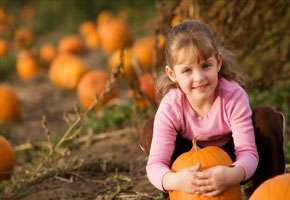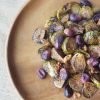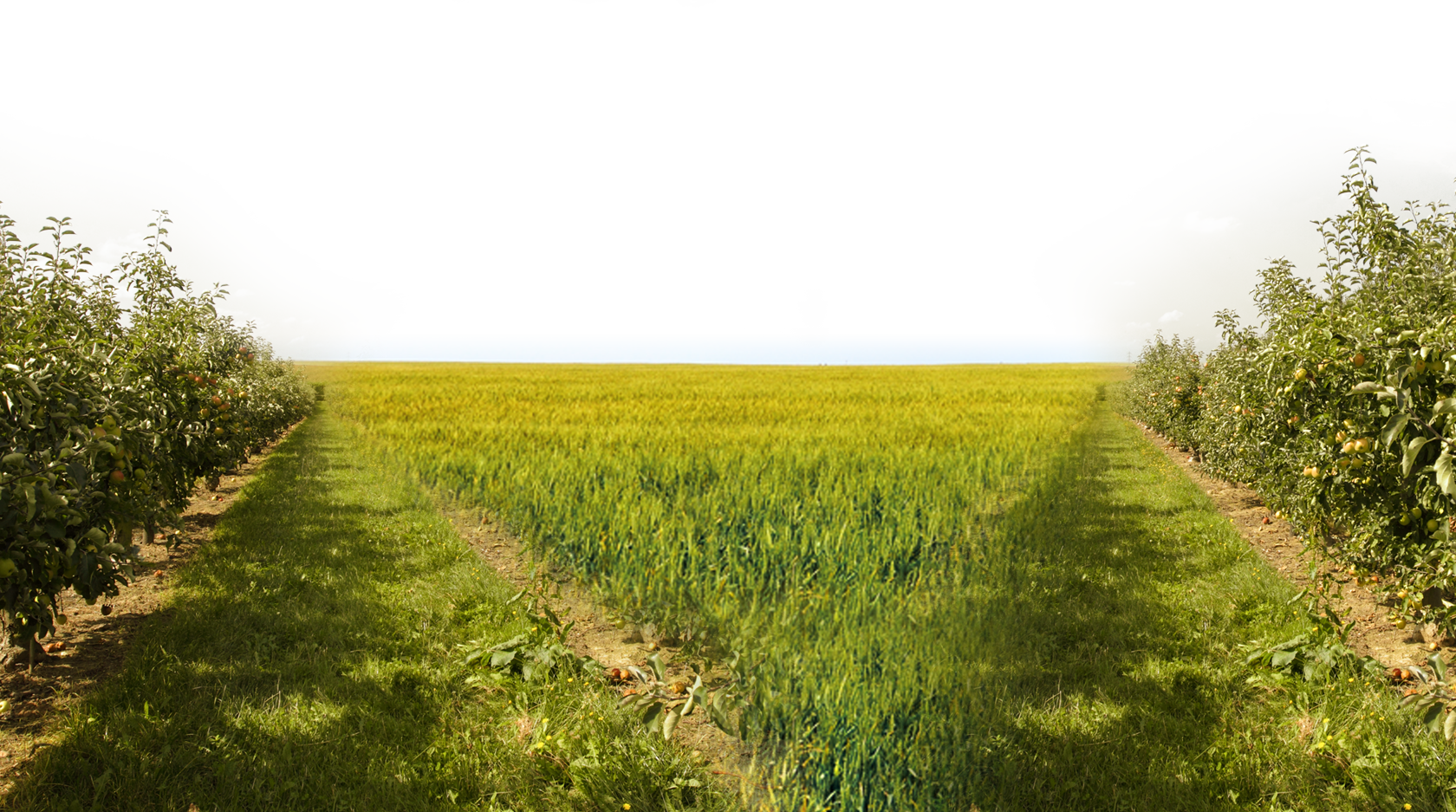
Pumpkin Mania: The Not-So-Scary History Of My Favorite Squash
By Sebrina Zerkus Smith | 0 Comments | Posted 10/09/2014
I have a serious case of pumpkin mania. Every year, usually around the end of August, I start dreaming about the arrival of pumpkin season. I haunt the internet looking for new ways to cook pumpkin, new ways to use them in decorations. I research new varieties that will be available, so I can be on the lookout for them at the farm stand down the street.
My husband calls it pathological.
Pumpkins herald the arrival of autumn, certainly, but with them also come Halloween parties, sweaters, hayrides, toasty fires and reminders that Thanksgiving — my second favorite holiday — is just around the corner.
I confess, I have nearly a dozen cookbooks dedicated to my favorite squash. I drag them out each year, forcing hubby and all others who cross my threshold to endure pumpkin overload of every variety.
I take pumpkin soup to potlucks. I bake pumpkin bars for Sunday School gatherings. I bring pumpkin tamales to my Bunco group, and my Bridge group gets a roasted pumpkin salad. And this doesn’t even include the painted pumpkins, hollowed-out pumpkin vases, carved pumpkins, glitter pumpkin votives and tiny-wee pumpkin garlands that adorn my house and are wantonly gifted to my friends and family.
Oh, what a wonderful time of year!
I’m on a mission, I guess, to elevate the humble pumpkin to its rightful place. Some people reduce the pumpkin to an icon of fall, thinking only in terms of jack-o-lanterns and pumpkin pie. Yet the pumpkin is a truly extraordinary vegetable.
Think of the size to which it can grow! It can easily reach 200 lbs. Think of how versatile it is. It is one of the few foods that can delight the palate in many different ways, both sweet and savory. It can be soup, salad, main course or side dish. And let’s not forget the desserts. Oh, such dreamy desserts!
Pumpkins are a member of the Cucurbitaceae family, the same family that includes gourds, melons, cucumbers, and all squashes. And pumpkin is one of the oldest known cultivated vegetables, with seeds dating back to 7000 B.C.
Cooked pumpkin is a healthy choice, too. It has a high water content and only about 75 calories per cooked cup. It’s high in fiber, vitamin A, C, and potassium, and pumpkin seeds are a great source of protein, zinc, and iron.
The word pumpkin originated from the Greek word pepon, which means “large melon.” Later, the French used the word pompon to describe the unusually large squash, and the English eventually termed it pumpion or pompion. Not a big leap to “punkin”, especially here in the U.S.
Conquistadors who explored the New World introduced pumpkin to Europe in the 16th century, although they, like many Americans today, didn’t see much value in it. It was used mostly as animal fodder until Native Americans taught Plymouth settlers how to cook a pumpkin by filling the hollowed-out shell with milk, honey and spices, and then baking it in hot ashes. A pumpkin pie with crust would have been impossible at that time since ovens in which to bake pies were unavailable.
The pumpkin continued to be mostly unnoticed until French poet Charles Perrault created the story of Cinderella in the 17th century, and choose to change the lowly pumpkin into a fantastic carriage of gold and crystal. Maybe it was the size of the pumpkin that sparked his imagination, or its globe-like shape, with ridges and central stem that caught his eye. Maybe the cascading leaves and tendrils reminded him of ornate carvings or horse’s reins. Who knows? But we can surely thank him for an enduring and fanciful childhood memory.
Halloween is even more closely associated with the pumpkin than Thanksgiving. Its use as scary prop goes back more than 2000 years and may have originated with the Celts. The history of Halloween is forever linked to pumpkins, with night-fires burning, and spooky carvings emitting mysterious orange flame-like phosphorescence, which gave rise to the name Jack-O-Lantern.
Pumpkin pie, a late comer, didn’t make the scene until about 1653 when Francois Pierre la Varenne, a famous French chef wrote Le Vrai Cuisinier Francois (The True French Cook). It was later translated and published in England and includes the first recipe for a pumpkin dessert that included pastry.
All in all, the pumpkin is a marvel of versatility and beauty. Think of its spectacular orange color, think of all the ways it can be used and enjoyed — food, decoration, container, frightening Halloween specter and Thanksgiving cornucopia of splendor. The pumpkin has it all, in one neat, if unusually large, package.
All hail the pumpkin! As its appearance ushers in fall, let’s give this amber darling the kudos it deserves.


 Contact us
Contact us



























